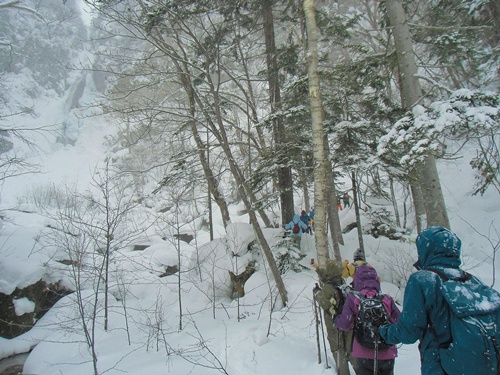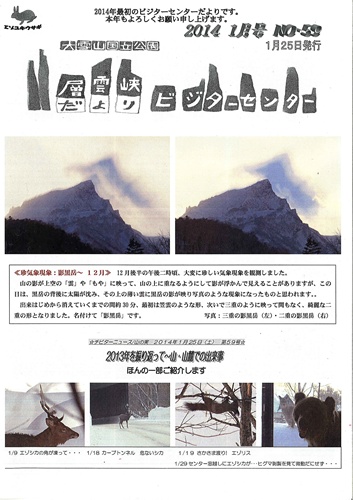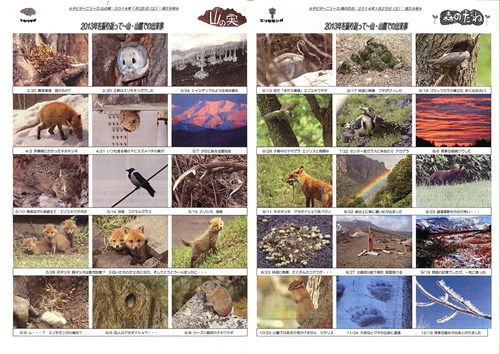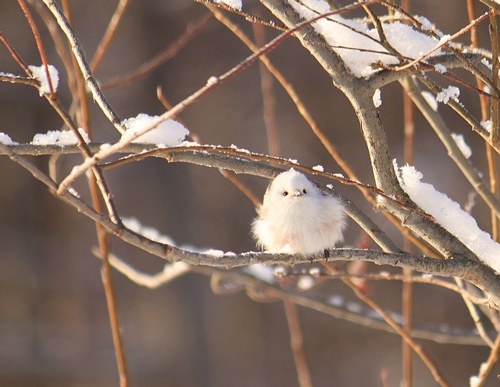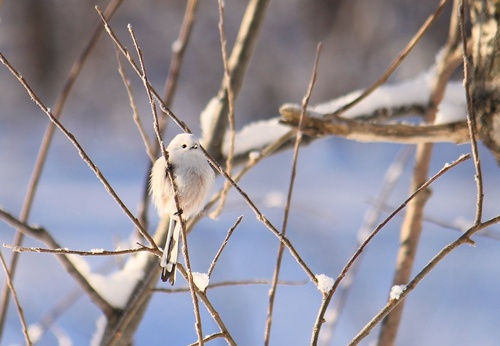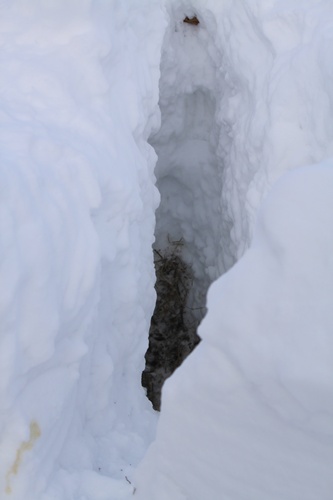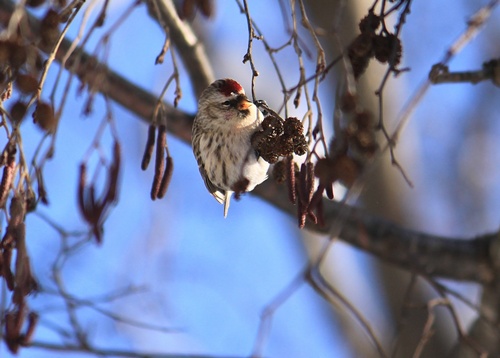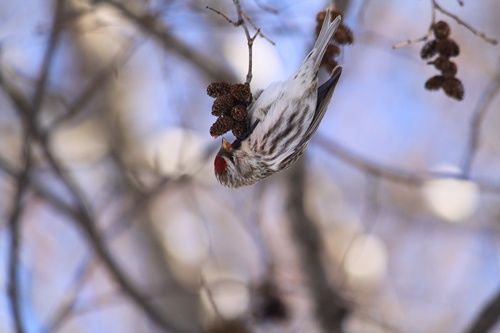The Visitor Center just held a course on “Ginga-no-Taki and Ryusei-no-Taki Falls.”
A total of 18 people participated.
We would like to extend a warm “Thank You!” to everyone who attended.
Although the trip to and from the fall was only about 1.5 km, the trail became fairly steep as it approached the fall.
The photo shows the participants heading toward Ryusei-no-Taki (in the upper left).
Mt. Eboshidake and the Odakinosawa stream serve as the source of this waterfall (Ryusei-no-Taki), while the Metakinosawa and Takinosawa streams provide water for Ginga-no-Taki. Participants learned basic information about waterfalls and their various types before the course was
successfully concluded.
The next course will be held on Sunday, February 23. It will feature a walk at the base of the Daisetsuzan mountains and have a portion dedicated to Seiryu-no-Taki Fall. Although the trail will be just under 1 km (each way), the section near the waterfall at the end will be fairly steep.
We hope you can join us.
Please note that we begin accepting reservations for courses one month in advance, so now is the time to reserve a spot.
Photo: Near Ryusei-no-Taki Jan. 26
A total of 18 people participated.
We would like to extend a warm “Thank You!” to everyone who attended.
Although the trip to and from the fall was only about 1.5 km, the trail became fairly steep as it approached the fall.
The photo shows the participants heading toward Ryusei-no-Taki (in the upper left).
Mt. Eboshidake and the Odakinosawa stream serve as the source of this waterfall (Ryusei-no-Taki), while the Metakinosawa and Takinosawa streams provide water for Ginga-no-Taki. Participants learned basic information about waterfalls and their various types before the course was
successfully concluded.
The next course will be held on Sunday, February 23. It will feature a walk at the base of the Daisetsuzan mountains and have a portion dedicated to Seiryu-no-Taki Fall. Although the trail will be just under 1 km (each way), the section near the waterfall at the end will be fairly steep.
We hope you can join us.
Please note that we begin accepting reservations for courses one month in advance, so now is the time to reserve a spot.
Photo: Near Ryusei-no-Taki Jan. 26
